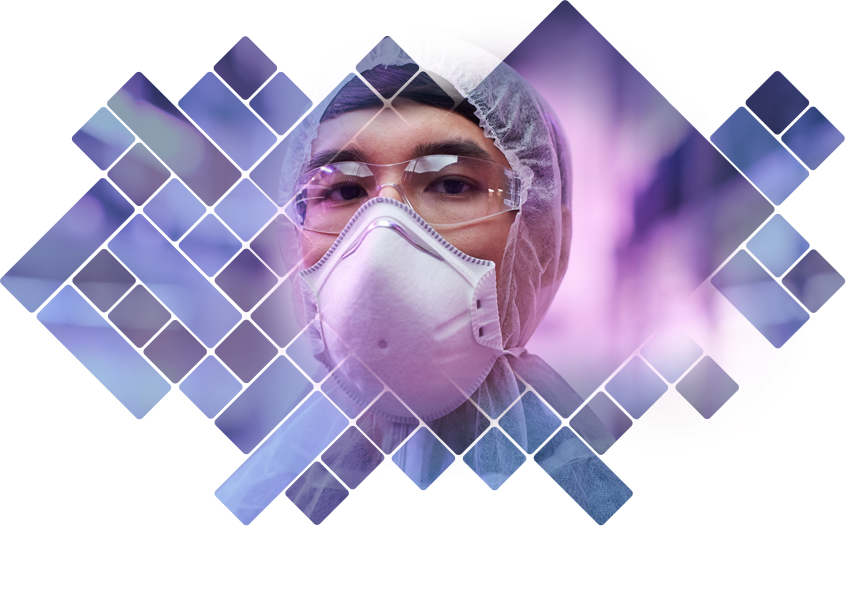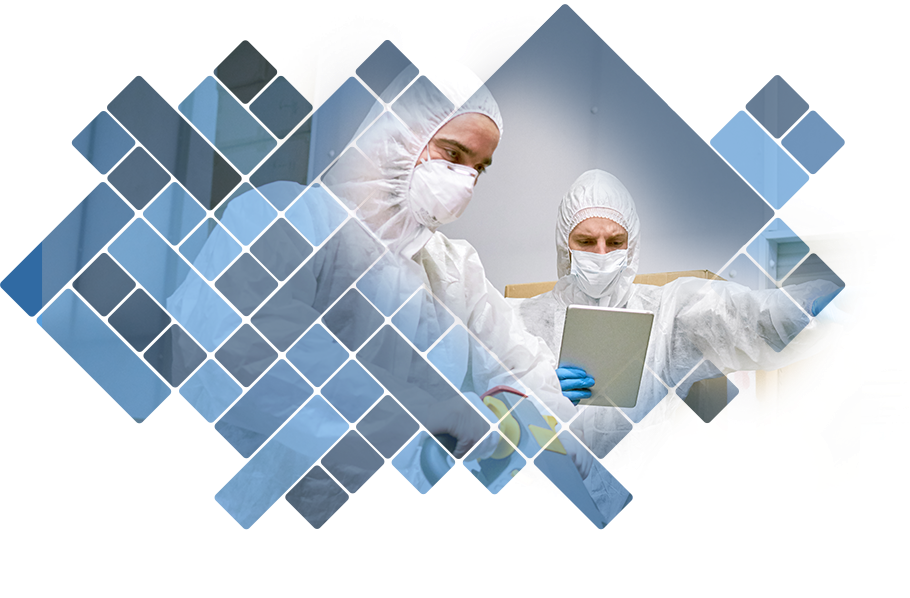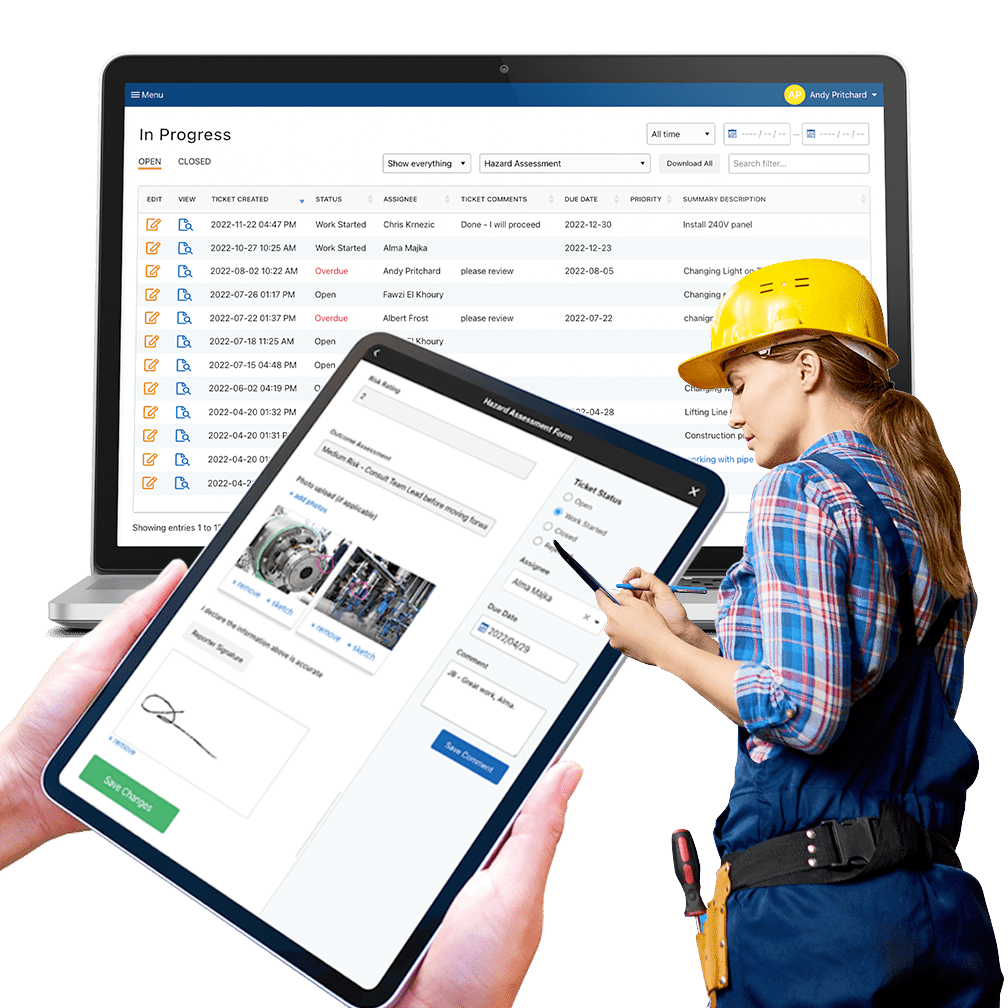Social Distancing within the Factory
Most manufacturing is an essential service and must continue during the outbreak of COVID-19. However, that does not necessarily mean that staff cannot socially distance within the factory walls.
Manufacturing requires staff to coordinate operations within a defined space. There are many ways that staff interact with each other including:
- Data Collection: Most factories still collect crucial production and operational data using paper forms. The paper is passed between people, causing them to get within 6 ft and potentially transmit the virus through the air or on the paper itself.
- Communication: Staff routinely communicate face-to-face with one another to collaborate on issues and improvements.
- Shift Huddles: Shift huddles are an excellent managerial tactic to establish/build an operational excellence culture, share successes. They are also a reason for staff to come within close proximity of one another.

How do Manufacturers adopt safe distancing practices within the walls of the factory?
We are all hoping that life will return to normal soon, but the reality is that our definition of “normal” will probably shift a bit as the result of this pandemic. Social distancing, in some form or another, might become a sensible precaution moving forward.
In light of this, many of our customers have adapted quickly to the “new world” in which we live by using our technology to quickly segregate their lines and employees.
Our customers use our software to:
- Some provide each staff member with their own tablet and other customers have devices strategically placed at line and other work areas.
- Devices are easy to wipe down, not possible to wipe paper.
- One advantage of collaborating through software is that you don’t have to be close to the other person. Supervisors and Managers can stay in the office and visit the factory floor less often (or even work from home).
- Also, collaboration can happen in real-time and anywhere in the facility. This allows staff to request guidance while on the line, instead of having to walk across the facility to find a manager.
- Features like messaging, workflow management and alerts ensure everyone is on the same page
- Staff can access shared dashboards that feature KPIs and current action items relating to them.
- Taking it a step further, supervisors can have a “Zoom” conference call with staff to create a virtual “shift huddle” to connect and ensure alignment before the shift commences.
Perhaps it's time to think about a digital transformation for your facility?
Contact us to chat about a solution for your site or book a demo...
Related blog posts by Weever

How to protect essential workers in the factory.
Over 20 tips on how to keep factory workers safe and productive during a global pandemic. Weever is a continuous improvement software company. We work primarily with manufacturers in the food/beverage and consumer packaged goods (CPG) space. Our customers are the brands that fill your pantries and bathrooms. As you can imagine almost everything changed…

How to stimulate positive change in your manufacturing facility during a pandemic.
3 tips for enhancing continuous improvement during COVID-19 and beyond. COVID-19 is a global pandemic and there are signs that this virus may change the way we live and work into the future. Many of our customers are food manufacturers who are mandated to continue production. They are taking precautions to keep their staff as…

Factory Wi-Fi Setup
REMOTE FACTORY MANAGEMENT The recent global Covid-19 pandemic has awoken the world to the need for social distancing to combat its spread and “flatten the curve”. Manufacturing is an essential service and must continue during the outbreak of COVID-19. However, that does not necessarily mean that staff cannot socially distance within the factory walls. In…

5 Tips for Remote Factory Management
Reducing employee density on the shop floor and cleaning surfaces that could infect our workforce is now a priority. As part of social distancing efforts, staff that work mostly from an office could theoretically work from home, even if it’s just part-time. The caveat of course is they need to have the resources and procedures available to do so. If done correctly it could result in fewer trips to the factory floor.